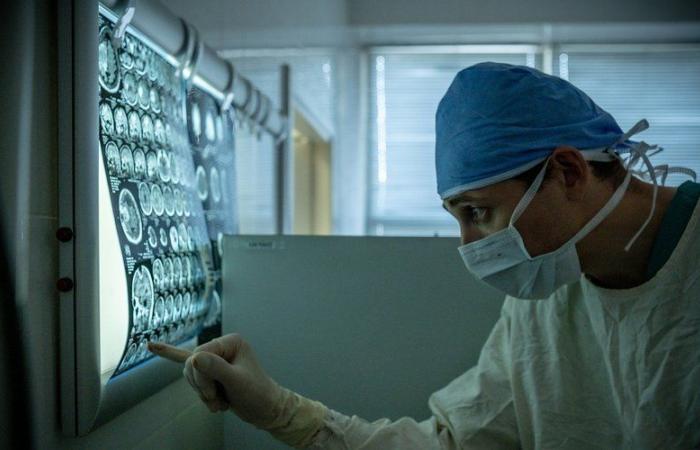
Leading cancer and third cause of cancer mortality in men, prostate cancer is not the subject of organized screening as is the case for breast, cervical and colorectal cancer. .
On the occasion of Movember, prostate cancer awareness month, let's ask ourselves: why has no organized prostate cancer screening program been put in place? And how can we explain that in reality, so many men are screened from the age of 50?
Leading cancer and third cause of cancer mortality in men, prostate cancer is not the subject of organized screening as is the case for breast, cervical and colorectal cancer. .
Indeed, according to the health authorities, “in the current state of knowledge, there is no need to set up a systematic screening program for prostate cancer using PSA testing (and/or digital rectal examination) nor to recommend this practice. As a reminder, the PSA dosage is, along with the clinical examination, the first examination to detect prostate cancer. PSA stands for Prostate Specific Antigen. Protein naturally produced by the prostate, an increase in PSA levels (2.4 nanograms per milliliter being the average) in the blood, can be a sign of an abnormality, including cancer, among several other causes – urinary tract infection, size prostate, age, etc. A high PSA level is therefore not specific for prostate cancer.
In addition, health authorities rely on the European study ERSPC (2012) and the American study PLCO (2012), which, according to the National Cancer Institute (Inca) do not allow us to conclude on the benefits of PSA assay or its impact on mortality. As prostate cancer progresses slowly, screening could detect cancer that has evolved over many years – 10 to 15 years on average – or has not even been revealed and for which care has not been necessary. . “In this case, the screening results in the initiation of a treatment whose side effects affect everyday life: urinary incontinence, sexual impotence or intestinal disorders… for a cancer which would not have been talked about him”, develops Health Insurance.
In practice, early detection in many men
However, in practice, almost three quarters of men aged 50 to 69 have performed at least one PSA test in the last three years. How to explain it? “Analysis of the practice of general practitioners shows that they are torn between the contradictory recommendations of health institutions and several learned societies,” says the Inca.
Among them, the French Association of Urology (AFU). This recommends early diagnosis for men between 50 and 75 years old with a probability of prolonged survival of 10 to 15 years. “That is to say an individual assessment of men from the age of 50 with a clinical examination (rectal examination) and a PSA dosage”, explains Dr. Guillaume Ploussard, urological surgeon and head of the prostate cancer committee. at the AFU. The approach must also assess risk factors and patients must benefit from informed information on the procedures, issues and risks linked to screening.
Furthermore, the use of magnetic resonance imaging (MRI) has revolutionized the diagnosis of this cancer. “With a PSA between 3 and 4, and depending on the clinical examination, an MRI can be performed. This is a much less invasive examination than a biopsy and avoids numerous biopsies which are not necessary, continues the urologist. This step of the MRI was not present when the two major studies were carried out which guided the choices of the health authorities. The detection of prostate cancer has greatly evolved and the diagnostic approach is now. totally different.”
Monitoring instead of treatment possible in certain cases
Another element, the fact that the detection of radiotherapy or brachytherapy which are heavy treatments). “According to the recommendations, cancers detected as grade 1, low risk, are monitored, there is no longer any indication for first-line treatment,” notes our interlocutor. Instead, active surveillance is the gold standard treatment. It involves regular monitoring with several tools: digital rectal examination, PSA measurement, MRI and possibly biopsies depending on data from previous examinations. The disease will thus lead to heavy treatment for the patient only if its evolution justifies it.
Guillaume Ploussard believes that the possibility of implementing organized screening should be reconsidered. The objective being to reach populations far from care but also to make it possible to “rationalize screening and improve the control of examinations carried out in this context. There is a real question on this subject at the national level, which we need to rest as part of a new study,” says the specialist.





